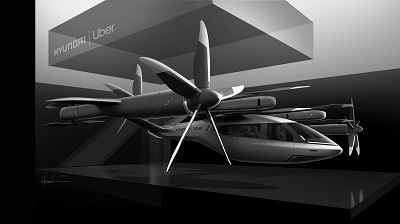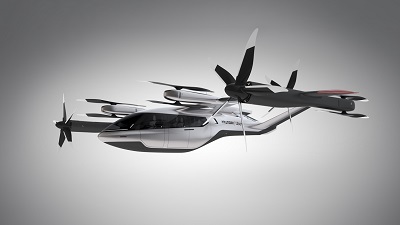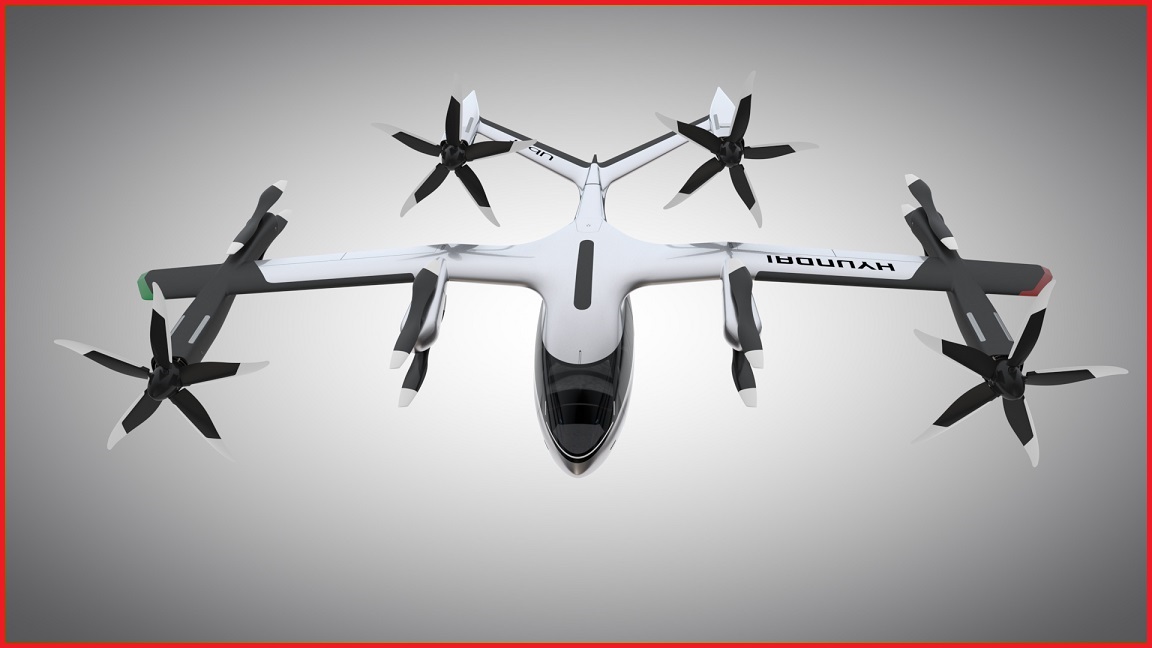Uber has partnered with Hyundai to produce a fleet of flying cars in a “giant leap forward” towards the ridesharing giant’s lofty goal of creating an air taxi network.
The new partnership, announced at the Consumer Electronics Show (CES) in Las Vegas this week, will see the South Korean automotive manufacturer produce and deploy the personal air vehicles, with Uber to provide airspace support services, connections to ground transportation and customer interfaces through an aerial rideshare network.
Through Uber Elevate, the rideshare giant plans to conduct flight demonstrations this year in locations around the world, including Melbourne, and to have the service commercially available to users in 2023.
The plan was first announced in 2016, with Uber planning to launch air taxi services in Dallas, Texas, Los Angeles and California initially.
The company announced last year that Melbourne would be the third city in the world to host a trial of the flying vehicles this year.
To mark the latest announcement, Hyundai also unveiled a prototype of the flying car at CES, created partly through Uber’s open design process.

Hyundai Urban Air Mobility division head Jaiwon Shin [L] with Uber CEO Dara Khosrowshahi.
Hyundai is the first Uber Elevate partner to have mass manufacturing capabilities to produce the Uber Air Taxis.
“Our vision of Urban Air Mobility (UAM) will transform the concept of urban transportation,” Hyundai Urban Air Mobility division head Jaiwon Shin said.
“We expect UAM to vitalise urban communities and provide more quality time to people.
“We are confident that Uber Elevate is the right partner to make this innovative product readily available to as many customers as possible.”
Working with Hyundai to produce a fleet of flying cars will help Uber reach its goal of an aerial ridesharing network in operation in certain cities by 2023, Uber Elevate head Eric Allison said.

“We believe Hyundai has the potential to build Uber Air vehicles at rates unseen in the current aerospace industry, producing high quality, reliable aircraft at high volumes to drive down passenger costs per trip,” Allison said.
“Combining Hyundai’s manufacturing muscle with Uber’s technology platform represents a giant leap forward for launching a vibrant air taxi network in the coming years.”
Hyundai also unveiled a model of its flying car 'S-A1' which is designed to take-off vertically. The vehicle is designed to reach cruising speeds of 290km/hr at a cruising altitude of 300 to 600m above ground, with the ability to complete 100km-long trips.
The vehicle is completely electric and utilises distributed electric propulsion, requiring up to seven minutes to recharge.

To ensure there isn’t any single point of failure the vehicle was built with distributed electric propulsion powering its multiple rotors and propellers. This technique also helps to reduce the noise of the flying vehicle.
The S-A1 can take off vertically before switching to wing-borne lift in cruise mode and then back to vertical flight when landing.
The vehicle will initially be piloted, with an end goal for it to be autonomous.
After several years of running the aerial network, Uber envisions that a trip in a flying car will cost the same amount as an Uber X ride across the same distance.

The announcement comes just weeks after Uber founder Travis Kalanick cut all ties from the company, resigning from its board of directors. Kalanick was ousted as Uber CEO in 2017 following a number of controversies, and was replaced with Dara Khosrowshahi, who remains at the helm.
Kalanick also recently sold all of his stock in Uber and now has no connection the company.










